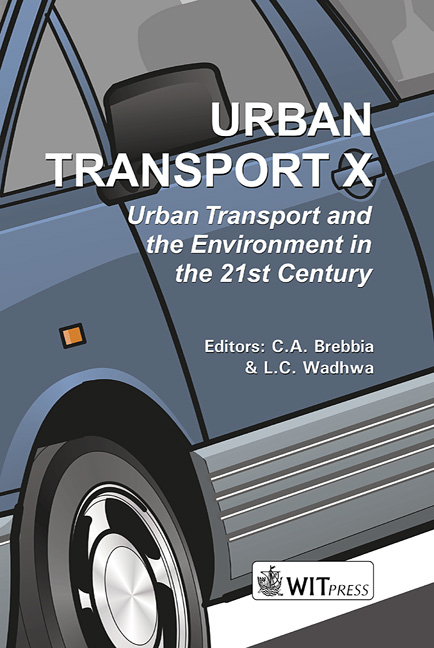Diesel Particulate Matter: Risk Management Strategies For The Transportation Planning Process
Price
Free (open access)
Transaction
Volume
75
Pages
12
Published
2004
Size
553 kb
Paper DOI
10.2495/UT040821
Copyright
WIT Press
Author(s)
T. Kear & D. Niemeier
Abstract
Mobile-source diesel exhaust particulate has been estimated to be responsible for more than 70% of the air toxic carcinogenic risk in the Los Angeles region. Diesel particulate emissions vary by engine operating characteristics (e.g., engine load, RPM), and operational characteristics will vary by facility type and congestion levels, thus producing different particulate emission levels. Existing emission factor models capture this effect through a functional relationship where the emissions vary with respect to vehicle speed. Second by second measurements on the US federal test procedure dynamometer driving cycle show PM10 spikes at the hard acceleration points. Transportation plans attempt to reduce congestion and smooth traffic flow. This paper combines available data on variations in diesel particu
Keywords





